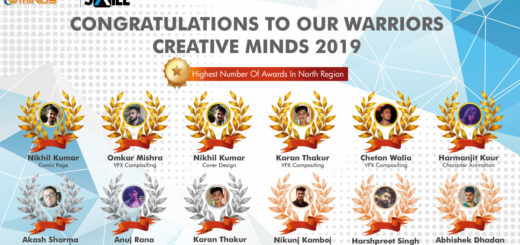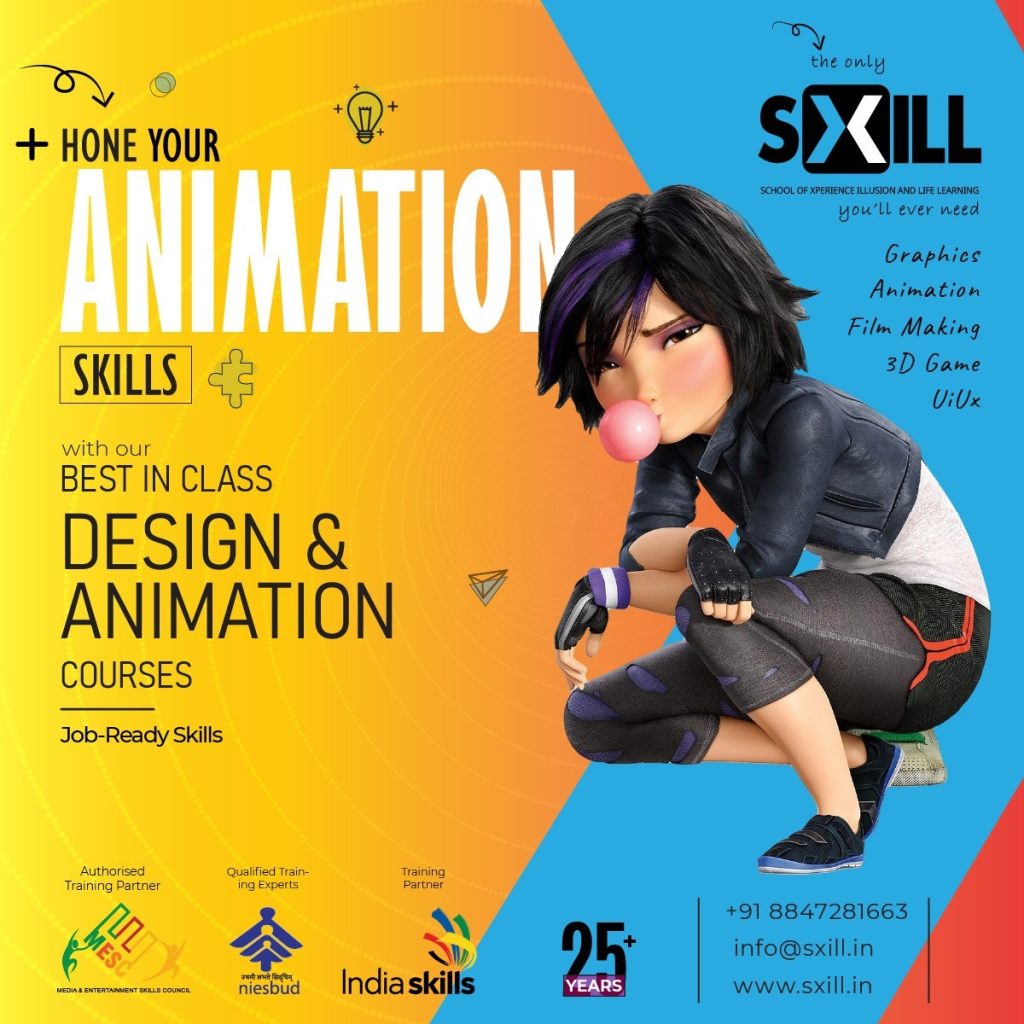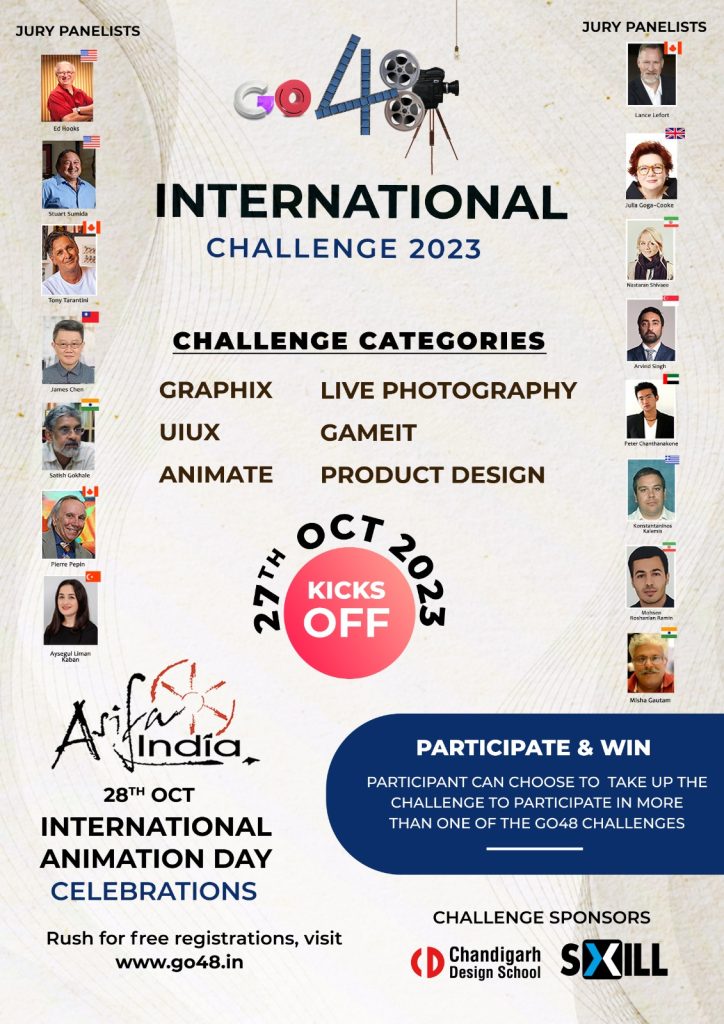An examination of the analogue and digital tools used for creating a scene of giant gorilla on Empire State Building in King Kong (1933) and King Kong (2005)
These words by my favourite and one of the finest directors of recent cinema became the major reason for my decision of comparing and contrasting empire state building scene, from two different versions of the movie ‘King Kong’.
INTRODUCTION
The world of film production has witnessed some drastic changes in the technology and tools that are being used for film production over the years. This essay will compare and contrast the techniques and tools used in creating both the 1933 and 2005 versions of King Kong. Whenever one thinks about the early experiments with special effects the one of the most memorable examples that strikes our mind is that of a giant gorilla in one of the greatest feature film of all time: King Kong (1933). The 1933 movie co-directed by Merian C. Cooper and Ernest B. Schoedsack is one of the greatest examples of using significant combination of multiple special effects. Bringing life into an imaginary character of giant gorilla is one of the greatest success stories in the history of special effects. Evidently the movie used many techniques such as stop motion animation and optical printing as the main tools to depict most of the special effect sequences in the movie. The movie was a huge success at the box office and became one of the highest grossers of its time, which actually helped in rescuing its production house, RKO studio from financial ruin. (Balio 1993)
But there was a substantial change in production techniques, before the release of its 21st century counterpart. By the time of making of Peter Jackson’s version, the modern technology has made many powerful impacts on the silver screen. The digital blending of CG elements with the high quality live footage has already showed some really good examples of movies on monstrous creatures, like Jurassic Park and Godzilla. Even the audiences across the world were pretty much satisfied with this Giant Monster concept on Big Screen. So this was the time to bring this giant monster in front of the public in a way like it’s never been done before. Peter Jackson and his team accepted this challenge with both hands and came up with something really extraordinary. They blended all the advanced digital tools in a best possible way ever done before. The main evidence of this statement is hidden in the character of the King Kong itself. By looking at the computer generated version of the monstrous character, it’s really impossible to tell whether it’s a CG model or a real world creature. The breath-taking use special effect sequences aided the movie to win an Academy Award for best visual effects. (Mullen 2005)
Developing the Kong’s Character
Evidently the directors of both the versions of King Kong knew that if they want their story to be more engaging and realistic, they have to make an emotional attachment of computer generated Kong with the audience. So to make it possible the directors of both the movies worked on bringing life and charisma into the facial expressions of Kong.
Merian C. Cooper was looking for different ways to realise his dream project, Production 601 now known as King Kong, until he saw the work of Willis O’ Brien. So to give life to their project of Kong, Merian C. Cooper and Ernest B. Schoedsack hired the pioneer of stop motion animation Willis O’Brien (Hollywood- The Golden Years 1987). Willis was desperate to take his excellence in stop motion animation technique to another level. So he wanted to make Kong’s miniature model for the movie far more flexible and realistic, comparing to the models of dinosaurs that he used previously for the 1925 film, ‘The Lost World’. Under his supervision sculptor Marcel Delgado constructed six 18 inch tall miniature models of King Kong. The miniature models were highly detailed with quite convincing muscular trimmed physique for the monster to make it look more real. A patchwork made of trimmed black rabbit fur was used to cover the jointed metallic skeleton of Kong. Delgado further enhanced the build-up technique used for the creatures of ‘The Lost World’ (1925) by stretching the rubber tendons between each joint of the Kong’s miniature. The miniature models were built with keyholes in the base of their feet, which will help them in holding a pose firmly using tie-down pins which can easily get screwed up in the patchwork of holes in the miniature sets. (Rickitt 2007)
For shooting the scenes with the extreme close up of Kong in the 1933 version of the movie, a 4.6m (15 ft) high fully functional head sculpture of Kong was built. It was built over a frame made with wood and metal and then interwoven with cloth. In the end this whole structure got covered with approximately 30 bearskins, to achieve the wickerwork ape look. To control the eyes, nose, eyebrows mouth and lips from inside of the Kong’s head special air mechanics were built, which were manipulated by the people inside the Kong’s face using some levers and cables. Similarly while shooting the close-ups of the actress, Fay Wray in the hand of Kong, a huge articulated hand was used which was pliable enough to put around the waist of the actress. (Rickitt 2007)
“It was made of rubber. So that it was pliable, and they could put the fingers round my waist while I was still on the floor in the studio. They put the fingers around me as tight as they could to hold me.” (Wray 1987)
For the newer version Peter wanted the character of Kong look so real that the audience would not take much time to build a relation with him. So to help his team in developing a battle-worn look for the Kong’s character, Jackson and his team developed a back story for the giant gorilla.
“I figured he’s about, probably about 125 years-old. He would’ve had a mother and father once but obviously not anymore. He’s the last of his species. He’s had a bad encounter with a T. Rex at one stage. It’s left a big scar, a drooping eye; he’s got a jaw that’s broken and it’s set in a crooked kind of way.” (Jackson 2005)
The character design team have won the half battle already by creating such a detailed characterization for the model of the monster. Now it was the turn of special effects guys and they knew exactly what to do next. They went into each and every detail for making the character look so real, the fur of the monster, scars on his body, pores on the skin, with none of the pixel stretching that other movies have used when their animal moves. They really made the CG skin moves in a natural manner.
Peter Jackson knew that the next test for him and his team will be to understand the title character on an emotional level. Making an emotional attachment of computer generated Kong with the audience was what he believed to be the actual key to success. So to make it possible Peter and his team started bringing depth and charismatic appeal into the eyes of Kong. Through very complicated bits of computer modelling they became successful in creating huge number of muscles around his eyes, the eyelids and eyebrows for getting any kind of expression they wanted from Kong. This was one of the most vital things for King Kong as educated audiences had to believe in the ape, and not just accept the limitations of the medium. (Stone 2005)
Animating Kong
Flawless use of Stop Motion Animation –
During 1933 i.e. during the analogue period of movie production, when the resources of film production were very scarce, the makers of King Kong (1933) managed to create some really fantastic special effects sequences. The scenes they created were never been seen before on the silver screen. This became one of the main reasons for the success of King Kong. Merian C. Cooper and Ernest B. Schoedsack used innumerable tools and techniques to create the kind of effects for the movie that we still cherish and admire. One of the most significant techniques used to make the virtual giant monsters come alive on screen was the use of a procedure called stop motion animation. This process is almost identical to cartoon animation, except that a three dimensional miniature is used instead of different drawings on a paper. Stop motion animation also known as frame by frame animation is an animation technique where a physically manipulated miniature is moved in small increments between individually photographed frames. And when these captured frames are played as a continuous sequence it creates an illusion of movement of that physically manipulated miniature object. For creating one minute worth of stop motion animation the operators have to create 1440 separate frames of miniature movement. So it’s quite hard to imagine the amount of hard work that went into the filming of Kong. (Rizzo 2005)
While filming King Kong’s rise to the top of the empire state building in the 1933 version, the 24 inch physically manipulated miniature of King Kong was animated frame by frame by several operators. The miniature of King Kong contained a specially designed skeleton made of jointed bits of metal, which goes completely through the body. This feature of skeleton helps in holding the pose of Kong’s miniature in any position that one moves in. Each and every limb of the Kong’s miniature was then turned one degree at a time by the operators to create a single frame of the movie. And when they played hundreds and thousands of these frames together they became successful in getting the illusion that the Kong’s miniature is moving on its own. The ripples on Kong’s fur that we see during the close-up of King Kong on the top of empire state building are actually the finger marks of the operators. (Harryhausen 1987)
Motion Capturing and Motion Editing –
The techniques used by Peter to animate Kong’s CG model further raised the bar of achieving realism through CG elements. Peter Jackson and his team used the advanced motion capturing tools to animate Kong. Motion capturing is a technique used for generating animation for computer generated character, by simply recording the data of movements of a live actor. (Netzley 2000).
So Peter Jackson took the help of actor Andy Serkis for recording the animation data from his acting onto the computer generated character of King Kong. Several reflective markers were put on the face of Andy while he acts, to capture his facial expressions through different high speed motion cameras. And this captured data of dot patterns then helped the Motion Editing guys in figuring out what muscle groups of Andy’s face was moving. They further refined the data captured from an actor, to match it with the facial structure of a 24 foot high gorilla. After polishing the data they retarget it on the computer generated character of Kong. Special industry specialist software was used for motion editing. The biggest feature of the software was that it can easily translate the data captured from the face of a human onto the face of a gorilla. Similar technique was used to animate rest of the body of King Kong in certain scenes of the movie. But for capturing the body movements, Andy was put in a special suit with several markers, highly required for proficient motion capturing. (King Kong – Production Diaries – 11 Weeks To Go, 2005)
The special effect team also used key frame animation for certain scenes which were not coming out good through motion capture technique. Key frame animation is the simplest way of animating CG objects, in which an animator makes different key poses for a character and the computer then work out what is going to happen in between. (King Kong – Production Diaries – 10 Weeks To Go, 2005)
“Andy does a particular performance. We take the pattern of dots which the motion capture camera sees. We can figure out where those markers are moving in 3D and from that pattern we figure out what muscle groups on his face are moving. And from those muscle groups on his face we have a mapping from those to King Kong’s face.” (Sagar 2005)
Compositing Stage
While making the 1933 version of the movie, several miniature and full sized sets were used for depicting the New York City in the last scene. A 12 foot wide painting of the New York cityscape was placed in the background of the miniature set, comprising of different small and large buildings including the empire state building. (Netzley 2000)
For shooting the famous fight sequence between the Kong and the fighter planes, Willis O’Brien used a combination of live action and miniature airplanes. To achieve the right kind of depth effect for the wide angle scene, he used several different sizes of miniature bi-planes on the rear projection screens. Several tests were made before each shot to match the lighting of the miniature planes with the exposure of the rear projected images. Willis then positioned all the small planes miniatures in the background while big planes were placed in the foreground. While shooting some of close-up shots of the fighter pilots, real New York based bi-planes were used. The actual planes used for the shot were filmed on a mark-up against the processor screens. (Harryhausen 1987)
But on the other hand Peter and his team have the luxury of capturing the whole New York City from any angle he wanted. His digital effects team created a very highly detailed 3D model of the whole city following the original blueprints of the city. While another team of special effects created an identical practical miniature set of the whole city, which was indeed the most detailed city structure created for production. The whole structure was then got placed in front of blue screen to easily composite it with background footage. For depicting the objects in far distance, a digital cyclorama of the whole city was created. Using photographic cloud textures an unwrapped painting of sky dome was created for the cyclorama. Jackson has the mighty power of digital tools for shooting the computer generated planes from any angle he wanted. But still Jackson preferred using the combination of CG models, miniature models and live action models depending on the requirement of the scene. (Duncan 2006)
Colour Grading –
“That (Colour Grading) is the process in which you take your raw negative that got photographed on the set and you manipulate the colour, you change the lighting, the exposures, you do things to it. That is actually a very creative process.” (Jackson 2005)
Colour Grading is the process of digitally enhancing and manipulating the colours of a video footage. This is the most important tool for bringing life into a composited shot. The special effects team of King Kong used Autodesk Lustre Software for colour grading the composited footage. It is the most important tool in making the scene look real, as it helps in manipulating the images in terms of colour intensity and shapes to create a mood. Peter wanted to give his movie a look and feel of a period cinema with a little stylisation, which was perfectly achieved by his colour grading team. So before colour grading the whole scanned film, the digital colouring team selected some important sequences as reference to the entire film. Then they used these shots to colour grade the look and feel as required by Peter Jackson. Once Jackson approved the shots, the digital colouring team then used this so called ‘colour bible’ as reference to colour grade the rest of the film. The different composited footages sometimes looked like cut-outs placed one over another. So different footages comprising the shot were then separately manipulated to equalize the colour tones of the composited frame. (King Kong – Production Diaries – 12 Weeks To Go, 2005)
CONCLUSION
So in the nutshell the directors of both the versions of King Kong used the most cutting-edge tools and techniques of their respective eras. The 1933 version of the film pioneered the art of stop motion animation, while 2005 version pioneered the art of motion capture. In the end what is worth mentioning is the fact that makers of both the movies never stick to a single method for producing different shots. Although both the movies were created in entirely different eras of film production, but the Principles used in the production are not too different. Directors of both the movies have produced a marvellous aggregation of tools and techniques for portraying the story of giant monster. And evidently the digital technology is becoming proficient day by day in bridging the gap between a visual concept and reality.
















